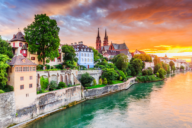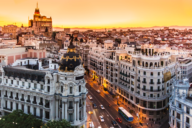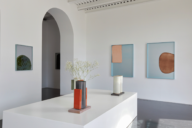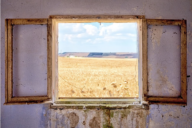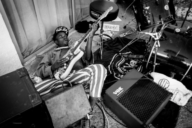LIAM WONG: TOKYO NIGHTS AND NEON-DREAMSCAPES
Video game designer-turned-photographer Liam Wong’s work is a futuristic cyberpunk-inspired photographic exploration of nocturnal Tokyo. His hallucinatory neon-dreamscapes capture a hazy bladerunner-esque metropolis that we can’t wait to get back to.
When did you first know that you wanted to be a photographer ?
As I began to travel I found myself becoming interested in photography. Although I am originally from the UK I didn’t visit London until my twenties but there was something exciting about wandering a new place and it definitely showed through the images I took on my phone. Wandering the streets and finding images I deemed click-worthy.
It started with shapes and geometry in architecture but it was when I began shifting into street photography that things changed for me.
I never really planned to become a photographer but I can recall the moment where I knew I wanted to become one: it was midnight in Tokyo’s red light district and I took a picture of a taxi driver waiting patiently in the rain for a couple to exit a love hotel.
How does Tokyo influence your image making?
The city changed me and took my life in a different direction – it’s surreal to think back, I kind of lose track of time. Visiting Tokyo for the first time back in 2014, I hadn’t planned to visit but it was through work. I think it’s a must-see for any creative, it’s hard to leave not feeling inspired to create something. With a background in graphic design, I just love the mix of typography and signage across the different districts and it was what got me into capturing the streets.
The colors there are on another level, especially when it rains. The city lights up at night and the reflections of the bright lights and neon signs make it such an aesthetically pleasing city.
Is Tokyo a good place to be an artist? whats the creative scene like there?
Absolutely. There’s always something going on. I often arrange creative meetups in the city and take a bunch of people with me when I go out to take pictures. It’s a great place to connect with other creatives and even to collaborate.
You have an instantly recognisable style, how did this develop and how would you describe your artistic style?
My day job was directing the ‘look and feel’ for AAA video games – from that I had an extensive body of knowledge when it comes to creating something which is unique, memorable and identifiable. Surprisingly, I never thought to combine that knowledge with my newfound passion in photography. As soon as I did, I began to dig deeper into creating an identity for my photography – from the colors used, to the content and even the composition.
Who and what are your biggest influences?
I would say my biggest influences come from watching movies and dissecting the cinematography and also the color grading. Movies like Enter The Void, Blade Runner and AKIRA. Cinematographers Christopher Doyle, Benoit Debit and Roger Deakins. Photographer Fan Ho is a standout for me, his use of composition and lighting are second to none.
The work of visual futurist Syd Mead (Blade Runner, Aliens, Tron) and game director Hideo Kojima (Death Stranding, Metal Gear Solid, Snatcher) have been such a massive influence on me and it was an honor to have them write some words for my book ‘TO:KY:OO’.
What is your favourite photograph that you’ve created and why?
Memories of Green – I was inspired by a scene from the original Blade Runner and named after the Vangelis song from the movie. I like how the wires cut up the scene, the mix of typography in the signs, the silhouettes walking towards the camera demonstrating the verticality of the alley. The smoke from the recently extinguished hot coal fire just adds to the image.
What is the number one piece of advice you would like to tell new photographer?
Take guidance from many things which inspire you and channel them back into your own work. Keep focus by creating a series of images rather than thinking of a single image or a feed – it will help guide you and keep you on track but also act as a new chapter when you move on to the next one.
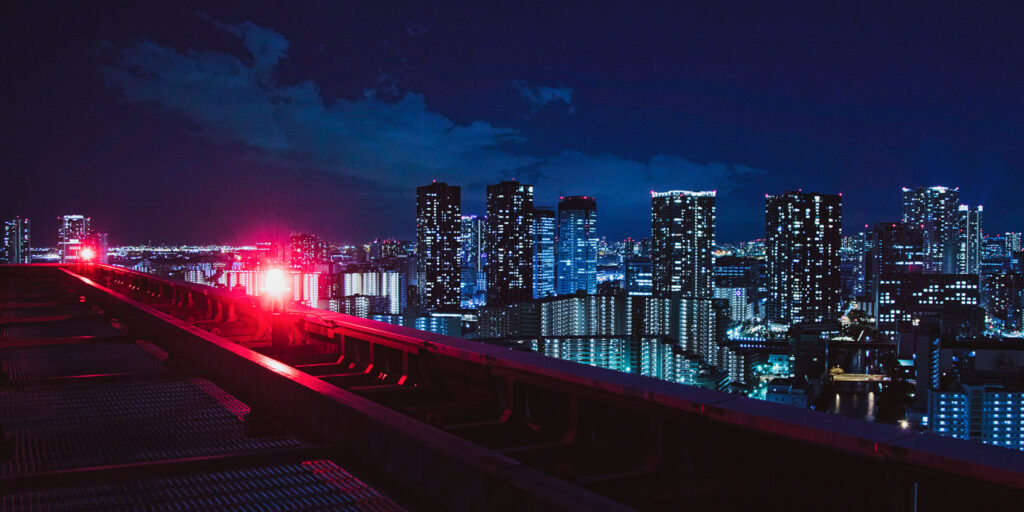
Following his début monograph, TO:KY:OO, Wong widens his lens from the city that became his spiritual and photographic muse to Osaka and Kyoto, London to Seoul, Paris and Rome. But he goes still further, seeking the rich tapestries of night-life in the historical streets of his hometown Edinburgh, penetrating the backstreets of the megacity Chongqing and seizing the verticality of Hong Kong from its rooftops. With the belief that “real life is just as potent, bizarre and interesting as things we can imagine”, After Dark explores the phenomenon of urban loneliness.
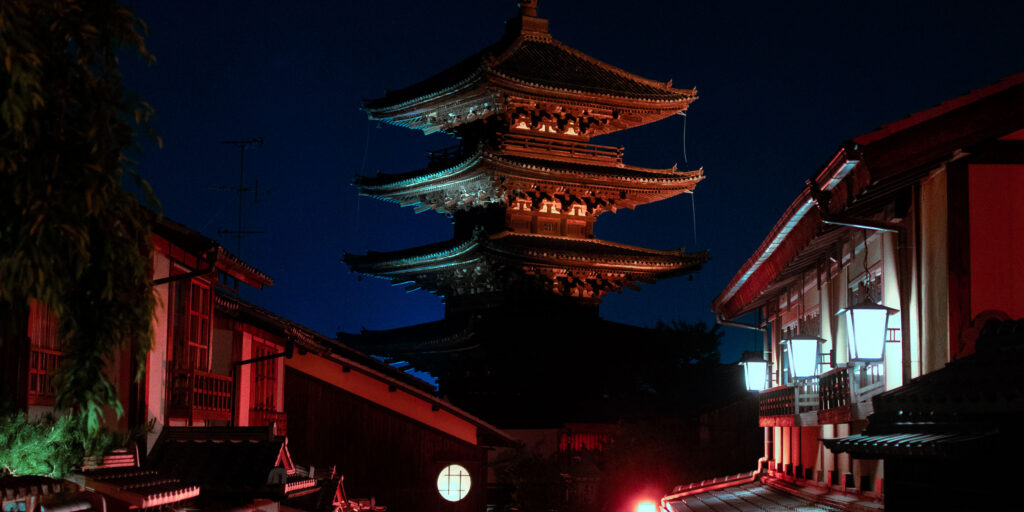
Through sleepless nights, his solitary walks encounter the eerie emptiness of London’s Piccadilly Circus at 4:00 am, Seoul’s late-night taxi drivers moving along hushed roads, two birds sharing the warmth of neon sign in Hong Kong’s TSM District and a salaryman waiting on empty subway platform in Tokyo’s Akihabara district. Mysterious silhouettes represent lives lived in shadow, portrayed as intricate cinematic visions, all before the sun rises.
After Dark is a one-of-a-kind publication documenting Wong’s nocturnal journeys through the world’s most captivating cities. Following his début monograph, TO:KY:OO, which captured Tokyo’s beauty at night, Wong widens his lens from the city that became his spiritual and photographic muse to Osaka to Kyoto, London to Seoul, Paris and Rome. But he goes still further, seeking the rich tapestries of night-life in the foggy historical streets of his hometown Edinburgh, penetrating the backstreets of the megacity Chongqing, seizing the verticality of Hong Kong from its rooftops.







